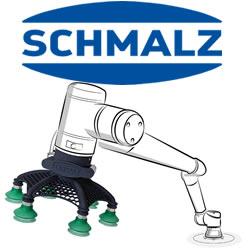Collective construction
Smile Supplement Robot
ROSCon 2012
Xtion Pro Live
Boston Dynamics' Bipedal Robot
Objet260 Connex At WIRED 2011
World's First Spherical Flying Machine
Odos Imaging 2+3D Sensor
How Google's Self-Driving Car Works
IROS 2011 Montage
A Robot Playing Jenga
UCSD's Switchblade Robot
Autom Available For Pre-Order
Microsoft Robotics Developer Studio 4 Beta Available For Download
Giving Artificial Hands a Sense of Touch
Records 811 to 825 of 868
First | Previous | Next | Last
Industrial Robotics - Featured Product

